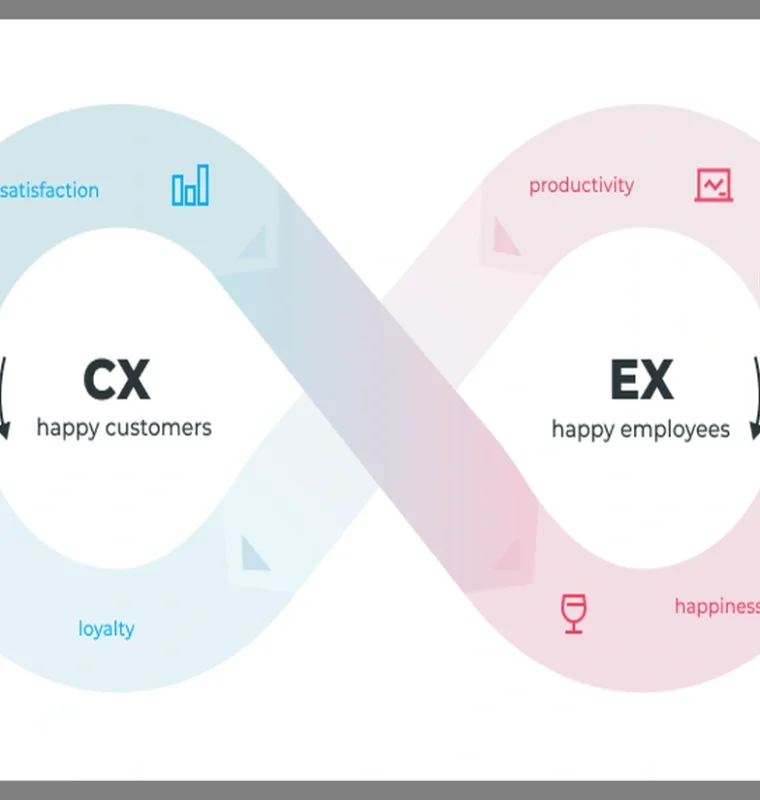We’ve all been there: armed with compelling data, a brilliant new strategy, or an innovative product idea, we walk into a meeting brimming with confidence, only to be met with polite nods and little follow-through. The facts are all there, the strategy meticulously crafted, yet nothing seems to ignite genuine excitement or alignment. Why does this happen? Because facts alone, as Anjali Sharma reveals in her insightful book “Strategic Storytelling,” rarely inspire action. In a world where connection matters more than ever, the ability to tell the right story in the right way isn’t just a soft skill – it’s essential for driving success.
We’ve chosen to highlight Anjali Sharma’s “Strategic Storytelling” because it offers invaluable insights for any professional aiming to lead and influence effectively. In today’s dynamic business environment, particularly within the Arab world where strong personal connections and clear communication are highly valued, the ability to convey a message through compelling narratives is a significant asset. This book will empower our readers, especially those in Arab nations, to master the art of tailoring their messages to diverse audiences, fostering trust and collaboration, and ultimately driving impactful change within their organizations and communities.
Strategic Storytelling: From Data to Deep Connection
Anjali Sharma, founder of Narrative: The Business of Stories, is a leading expert in business storytelling, dedicated to helping global brands solve business challenges and improve performance. Her book, “Strategic Storytelling,” is a practical guide for leaders, managers, and communicators seeking to transform mere information into impactful narratives.
The Challenge: When Insights Fall Flat
Imagine a team working tirelessly, analyzing weeks of e-commerce data to uncover a crucial insight. They prepare a presentation, meticulously outlining suggested actions, expected outcomes, and the justifying insight. The information is complete – insight, action, outcome – all present. Yet, the audience reacts with indifference. This familiar scenario highlights a critical mistake: assuming insights alone drive change. Sharma argues that without proper storytelling, valuable information becomes “meaningless noise” because the audience can’t see the journey behind the data. They’re presented with the destination but not the path, and without that context, the message falls flat.
The Turning Point: Crafting the Data Narrative with CPIAO
Sharma presents a powerful solution: transform insights into compelling stories that resonate with the audience. Think of insights, actions, and outcomes as individual musical notes. Individually, they’re just noise; but arranged with purpose, they become memorable music. The key lies in providing context and process. For a data-driven insight, it means bringing the audience along for the ride, sharing the journey that led to the discovery.
Here’s how to apply the Context-Process-Insight-Action-Outcome (CPIAO) Narrative Arc:
- Context: Start by outlining the situation or problem you were trying to understand or solve. What questions were you trying to answer?
- Process: Describe the journey you undertook to gather information and arrive at your findings. Explain what data you explored and what challenges you faced during the analysis. This step is crucial for building credibility and allowing the audience to “see the journey behind the data”. It makes the data relatable.
- Insight: Slowly build up to the key insight you uncovered, presenting it as the natural discovery that emerged from the process. Allow the audience to experience the “aha” moment with you, fostering emotional engagement.
- Action: Clearly link the insight to the suggested actions, explaining how the insight directly led to your proposed solutions or next steps.
- Outcome: Articulate the expected results or impact of the proposed actions. Describe the positive change or progress that will occur if the actions are taken.
Effective data storytelling isn’t just about presenting facts; it’s about crafting a narrative that connects insights to action, and action to outcomes, ultimately inspiring change.
Navigating the Unknown: Stories in Ambiguity
But what happens when the insight isn’t immediately clear? Leaders often rely on data analysts for concrete answers, yet this expectation can paralyze progress. Sharma encourages analysts to shift focus: instead of waiting for a crystal-clear solution, describe what the data does reveal, explore possible causes, and narrow them down to the most probable ones. The goal isn’t always to deliver a definitive solution, but to spark a meaningful and productive conversation. This structured, step-by-step approach is crucial when data is unclear.
For instance, if factory production is down and the cause isn’t obvious, describe observations, highlight missing clarity, and then streamline possibilities by seeking additional information from other business units or checking historical patterns. The answers will help refine the data story. You don’t need all the answers upfront; transparency about what’s uncertain builds credibility and offers possibilities that can trigger valuable conversations.
The Power of Small Stories for Big Change
We often assume stories need to be dramatic or grand to be impactful. Sharma challenges this, asserting that the most impactful stories are often small, relatable, and incremental. They address real challenges, resonate deeply, and inspire action. Consider the powerful example of women in President Obama’s administration adopting “amplification” to ensure their ideas were heard and credited. This simple yet potent technique created tangible change in a highly influential workplace, resonating so powerfully because it mirrors the experiences of countless women. It highlights a common problem and offers a practical, replicable solution. Small, intentional actions, when effectively shared, influence behavior, foster inclusion, and build momentum for change. Leaders should prioritize narratives that align with their team’s everyday realities and challenges, building credibility and trust. By using clear, relatable, and actionable stories, leaders position themselves as enablers of change, transforming insight into action, one story at a time.
Beyond Correctness: The Human Connection
Finally, Sharma emphasizes that effective communication in leadership goes beyond delivering accurate messages; it’s about creating a genuine connection. Being correct is important, but it rarely drives change alone. In today’s information-rich world, knowledge itself no longer commands respect. Leaders must shift their focus from what to communicate to how they connect. A connection happens when you understand your audience’s needs, challenges, and perspectives. This is where storytelling shines: it resonates, making the audience feel something, rather than just informing them. Instead of pushing a message, storytelling pulls the audience into it, guiding them through the process—what led to the problem, why it matters, and its potential impact on them. This fosters involvement, trust, and ownership. Leaders should embrace simplicity and clarity, avoiding technical jargon or overly intellectual language, and speak directly to their audience’s reality.
Sharma concludes by reminding us that company values, often abstract concepts, become practical guides when communicated effectively through storytelling. Stories transform values into something relatable and memorable, enabling employees to understand and apply them in their own roles. The example of a boss telling a stuck employee to work from home effectively embodies the company’s value of fairness, showcasing trust and flexibility in practice. By sharing real examples of values in action, leaders foster alignment, autonomy, and confidence.
“Strategic Storytelling” is a compelling reminder that the most effective stories in a corporate environment aren’t flashy; they are authentic, relatable, and actionable. They amplify shared experiences, create momentum, and empower teams to drive meaningful outcomes. By mastering this art, leaders become catalysts for progress, transforming insight into action, one powerful story at a time.


















